Disruption of TAD hierarchy promotes LTR co-option in cancer
- PMID: 40588507
- PMCID: PMC12283374
- DOI: 10.1038/s41588-025-02239-6
Disruption of TAD hierarchy promotes LTR co-option in cancer
Abstract
Transposable elements (TEs) are abundant in the human genome, and they provide the source for genetic and functional diversity. Previous studies have suggested that TEs are repressed by DNA methylation and chromatin modifications. Here through integrating transcriptome and 3D genome architecture studies, we showed that haploinsufficient loss of NIPBL selectively activates alternative promoters (altPs) at the long terminal repeats (LTRs) of the TE subclasses. This activation occurs through the reorganization of topologically associating domain (TAD) hierarchical structures and the recruitment of proximal enhancers. These observations indicate that TAD hierarchy restricts transcriptional activation of LTRs that already possess open chromatin features. Perturbation of hierarchical chromatin topology can lead to co-option of LTRs as functional altPs, driving aberrant transcriptional activation of oncogenes. These data uncovered a new layer of regulatory mechanisms of TE expression and posit TAD hierarchy dysregulation as a new mechanism for altP-mediated oncogene activation and transcriptional diversity in cancer.
© 2025. The Author(s).
Conflict of interest statement
Competing interests: Y.C. reports other support from Oric Pharmaceuticals and grants from Foghorn outside the submitted work. P.C. reports personal fees from Deciphera and Ningbo NewBay, grants and institutional support from Deciphera, Pfizer/Array and Ningbo NewBay, and personal fees from Zai Lab and Novartis outside the submitted work. The other authors declare no competing interests.
Figures

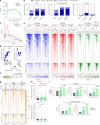
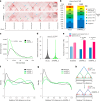

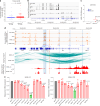
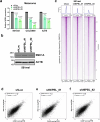
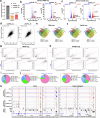
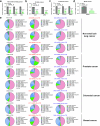

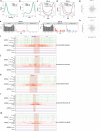

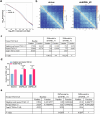
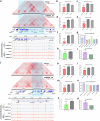
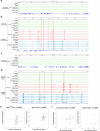

Update of
-
TAD hierarchy restricts poised LTR activation and loss of TAD hierarchy promotes LTR co-option in cancer.bioRxiv [Preprint]. 2024 Jun 3:2024.05.31.596845. doi: 10.1101/2024.05.31.596845. bioRxiv. 2024. Update in: Nat Genet. 2025 Jul;57(7):1754-1765. doi: 10.1038/s41588-025-02239-6. PMID: 38895201 Free PMC article. Updated. Preprint.
References
-
- Senft, A. D. & Macfarlan, T. S. Transposable elements shape the evolution of mammalian development. Nat. Rev. Genet.22, 691–711 (2021). - PubMed
MeSH terms
Substances
Grants and funding
LinkOut - more resources
Full Text Sources
Medical
Research Materials

